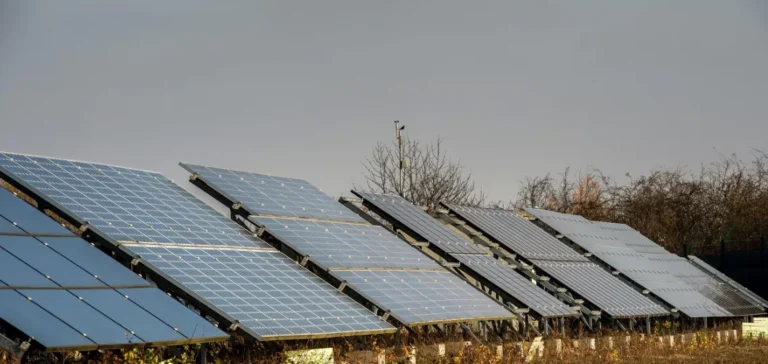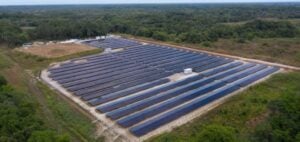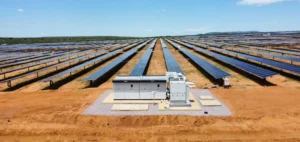The Government of Canada is investing CAD1.9mn ($1.38mn) to support the deployment of a smart microgrid in the communities of La Plonge and Poplar House, located in northern Saskatchewan. The project, led by Aurora Renewables, is owned by the English River First Nation through Des Nedhe Group and aims to provide a more stable and independent power supply for these remote areas.
Fully Indigenous project combining solar and storage
Aurora Renewables, a joint venture between Des Nedhe Group and Extropic Energy, plans to deploy energy infrastructure integrating solar panels, a battery storage system, and an advanced digital simulation platform called Digital Twin. This technology will enable real-time modelling of the microgrid’s operation, optimising the distribution and management of locally produced energy.
Funding comes from Natural Resources Canada’s Energy Innovation Program, which supports community-based projects aiming to modernise energy supply in rural and northern regions. The model is presented as a scalable solution for other territories facing similar energy challenges.
Operational objectives and territorial scope
The microgrid is designed to strengthen the energy resilience of both communities while reducing their reliance on costly diesel generators, which are vulnerable to logistical interruptions. The deployment of Digital Twin technology will also enable predictive maintenance by anticipating technical failures before they affect power delivery.
The initiative is part of a broader push to integrate localised energy solutions into rural infrastructure. The English River First Nation, through Des Nedhe Group, retains full ownership of the project, thus reinforcing local energy sovereignty.
Industrial involvement and development prospects
According to Aurora Renewables, this initial installation could serve as a model for similar projects in northern Canada, particularly in isolated communities seeking to reduce their exposure to fuel price volatility and power outages. The company states that the system is designed for large-scale replication in similar environments, with customisation potential based on consumption profiles.
Government officials have highlighted the strategic role of such microgrids in securing regional energy supply. The project could indirectly reduce demand on provincial grids while generating economic activity across local supply chains.






















